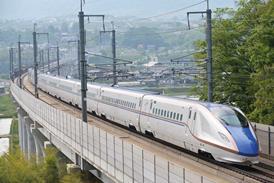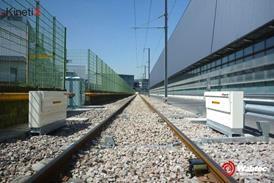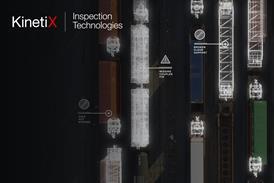
CANADA: The use of hydrogen traction is not being included in the reference concept design for the enhancement of Toronto’s commuter rail network, after transport agency Metrolinx concluded that the technology would not achieve the desired objectives.
Metrolinx is planning to spend C$75bn on metro, light rail and commuter rail projects, including expansion and electrification of the GO Transit commuter rail network. The objectives of the rail programme include increasing services to run throughout the day, lowering operating costs and reducing reliance on carbon-based energy sources.
Citing recent advances in hydrogen technology, in 2017 Ontario’s Ministry of Transportation commissioned Jacobs Engineering Group, Ernst & Young Orenda Corporate Finance and Canadian Nuclear Laboratories to study the possibility of using fuel cells as an alternative to around 680 track-km of conventional electrification.
Open to innovation
‘It is important that we be open to pursuing and studying innovative technologies as we build our network’, Metrolinx spokesperson Anne Marie Aikins told Railway Gazette International on March 3. However, the study had found that ‘hydrogen technology has not yet been operationalised at the scale of our network and there are questions that remain unanswered at this point regarding fuel production, storage and transport as well as refuelling.’
The rail expansion project is being procured through a multi-year process, with bidding scheduled to close in early 2022. It will be up to the bidders to propose technology that can meet the service requirements set out in the reference concept design.
‘The successful proponent team will be responsible for selecting and delivering the right trains and infrastructure’, Aikins explained. ‘For example, teams may suggest opportunities to include a hydrogen pilot in their bid.’
She noted that ‘as we prepare our corridors and infrastructure for GO expansion we have been ensuring there is adequate room for overhead electrification infrastructure.’




















